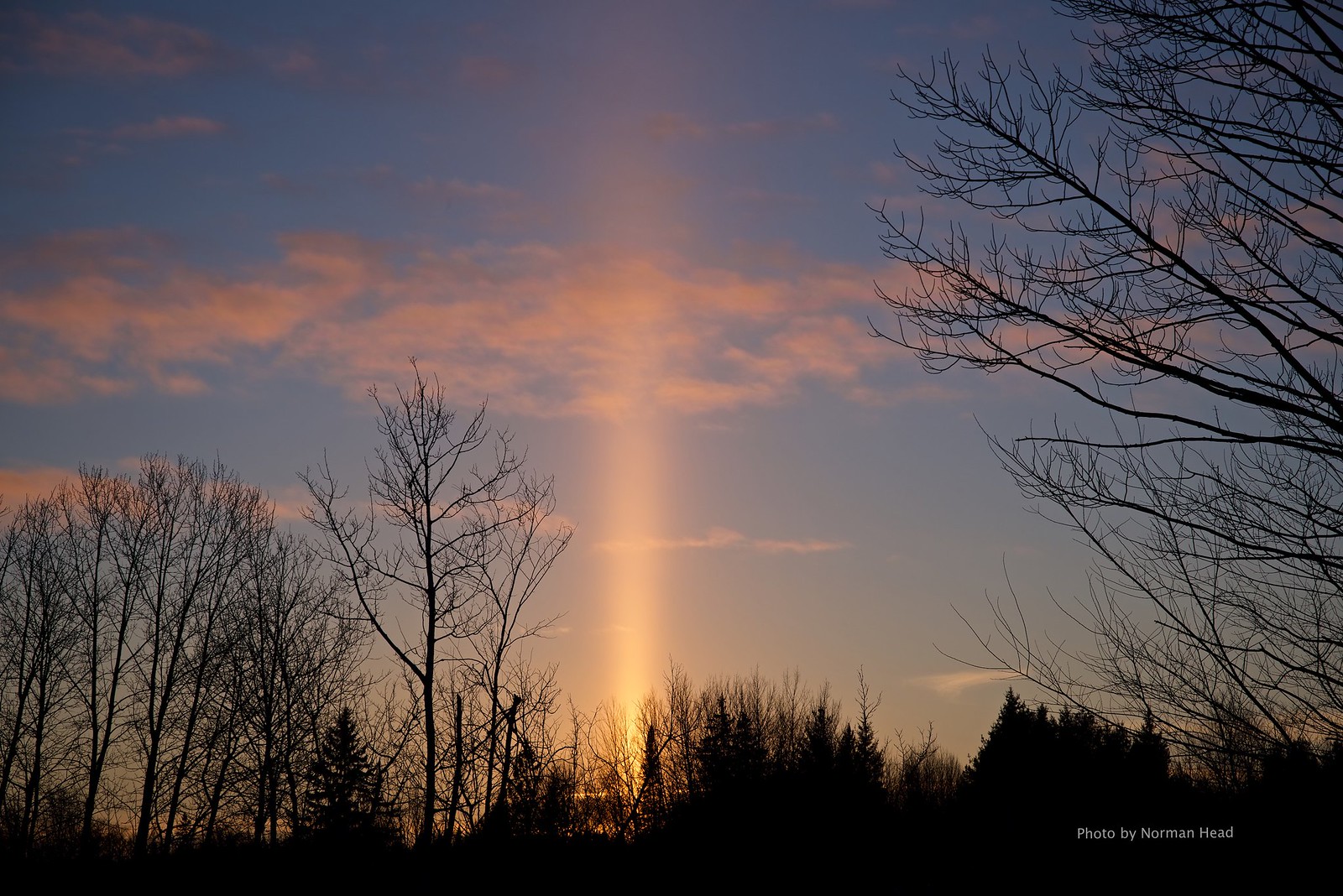ANd how is this different than just looking a lens chart, noting where the lens is sharpest and the rate at which it falls off, and shooting accordingly? Lens charts tell you that for most of your lenses they are going be sharpest at ƒ5.6 and fall off from there. So you shooting starting at ƒ5.6 and use whatever Aperture gives you the DoF you want? If you shoot for shallow DoF then you select on how shallow you want it to be.
I'm not seeing how the AP helps or even works. In your example you ended up using an exposure I could have used. I was hoping you had one that was something I wouldn't have anticipated. Going back with a higher resolution camera next year I'd shoot the same settings, and using a 3 step bracket. Then I'd pay careful attention to the images to see what worked best.
 Quote:
Quote: I answered this, with more mega pickles I gain more DOF than the system with less mega pickles and this is at any display size too boot.
Maybe you could point us to a reference for this. As far as I know DoF is defined pretty much by circles of confusion, which are going to be the same size regardless or the number of Mega Pixels. Diffraction and CA are usually reported by the pixel size, so as pixels get smaller CA and Diffraction become worse pixel peeping. Once you get over the size where CA crosses multiple pixels it does a lot more damage to image resolution. Same with diffraction.
By Photozone standards CA is measured by the amount of CA compared to pixel size of the camera tested. So .7 on a 24 MP camera is OK, but that's going to be over 1 pixel on a 50 MP camera. So CA and diffraction relative to pixel size is going to be worse as pixels get smaller. This is perhaps the biggest weakness of older lenses. It' also why I get cleaner images from my K-1 than I do with my K-3. The K-1 has bigger pixel sites and is therefore less prone to CA and diffraction. a 50 MP FF is going to have the same problems my K-3 sometimes does. And user results from the Canon 50 MP FF confirm that.
So this is not making any sense to me from a physics perspective.
I'm going to have to see some science, hopefully from a peer reviewed paper, to buy into this whole line of thinking.
As far as I know, DOF is function of the lens, not the sensor. The CoC do not change in size because of the number of pixels recording them. But I'm open to a scientific explanation if one is offered. Please not some web expert making up stuff to justify his opinio, based on his/her inability to correctly interpret the science, like the whole "total light" thing som many bought into.
Last edited by normhead; 12-14-2017 at 07:09 AM.


 Similar Threads
Similar Threads 









 ), and this is the info most apps will let you input (note the reduction of the DoF equation to depend only on magnification, aperture, and CoC becomes inaccurate at far distances). Cropping... I pretty much always know as I'm photographing to be 'none' or on the rare occasion to a specific aspect ratio other than the camera's native one. ymmv.
), and this is the info most apps will let you input (note the reduction of the DoF equation to depend only on magnification, aperture, and CoC becomes inaccurate at far distances). Cropping... I pretty much always know as I'm photographing to be 'none' or on the rare occasion to a specific aspect ratio other than the camera's native one. ymmv.




 Post #15 by UncleVanya
Post #15 by UncleVanya








